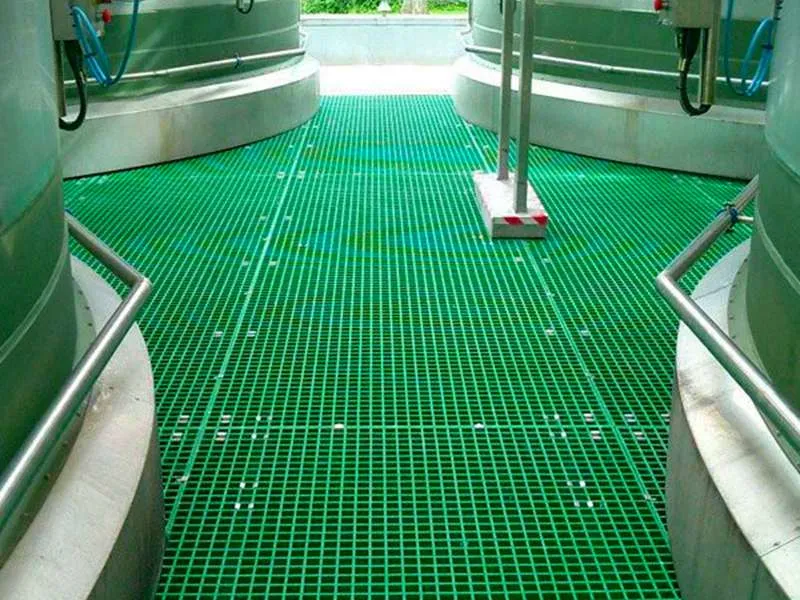
-
 Afrikaans
Afrikaans -
 Albanian
Albanian -
 Amharic
Amharic -
 Arabic
Arabic -
 Armenian
Armenian -
 Azerbaijani
Azerbaijani -
 Basque
Basque -
 Belarusian
Belarusian -
 Bengali
Bengali -
 Bosnian
Bosnian -
 Bulgarian
Bulgarian -
 Catalan
Catalan -
 Cebuano
Cebuano -
 China
China -
 China (Taiwan)
China (Taiwan) -
 Corsican
Corsican -
 Croatian
Croatian -
 Czech
Czech -
 Danish
Danish -
 Dutch
Dutch -
 English
English -
 Esperanto
Esperanto -
 Estonian
Estonian -
 Finnish
Finnish -
 French
French -
 Frisian
Frisian -
 Galician
Galician -
 Georgian
Georgian -
 German
German -
 Greek
Greek -
 Gujarati
Gujarati -
 Haitian Creole
Haitian Creole -
 hausa
hausa -
 hawaiian
hawaiian -
 Hebrew
Hebrew -
 Hindi
Hindi -
 Miao
Miao -
 Hungarian
Hungarian -
 Icelandic
Icelandic -
 igbo
igbo -
 Indonesian
Indonesian -
 irish
irish -
 Italian
Italian -
 Japanese
Japanese -
 Javanese
Javanese -
 Kannada
Kannada -
 kazakh
kazakh -
 Khmer
Khmer -
 Rwandese
Rwandese -
 Korean
Korean -
 Kurdish
Kurdish -
 Kyrgyz
Kyrgyz -
 Lao
Lao -
 Latin
Latin -
 Latvian
Latvian -
 Lithuanian
Lithuanian -
 Luxembourgish
Luxembourgish -
 Macedonian
Macedonian -
 Malgashi
Malgashi -
 Malay
Malay -
 Malayalam
Malayalam -
 Maltese
Maltese -
 Maori
Maori -
 Marathi
Marathi -
 Mongolian
Mongolian -
 Myanmar
Myanmar -
 Nepali
Nepali -
 Norwegian
Norwegian -
 Norwegian
Norwegian -
 Occitan
Occitan -
 Pashto
Pashto -
 Persian
Persian -
 Polish
Polish -
 Portuguese
Portuguese -
 Punjabi
Punjabi -
 Romanian
Romanian -
 Russian
Russian -
 Samoan
Samoan -
 Scottish Gaelic
Scottish Gaelic -
 Serbian
Serbian -
 Sesotho
Sesotho -
 Shona
Shona -
 Sindhi
Sindhi -
 Sinhala
Sinhala -
 Slovak
Slovak -
 Slovenian
Slovenian -
 Somali
Somali -
 Spanish
Spanish -
 Sundanese
Sundanese -
 Swahili
Swahili -
 Swedish
Swedish -
 Tagalog
Tagalog -
 Tajik
Tajik -
 Tamil
Tamil -
 Tatar
Tatar -
 Telugu
Telugu -
 Thai
Thai -
 Turkish
Turkish -
 Turkmen
Turkmen -
 Ukrainian
Ukrainian -
 Urdu
Urdu -
 Uighur
Uighur -
 Uzbek
Uzbek -
 Vietnamese
Vietnamese -
 Welsh
Welsh -
 Bantu
Bantu -
 Yiddish
Yiddish -
 Yoruba
Yoruba -
 Zulu
Zulu
Innovative Applications of Fiberglass Grid in Construction and Reinforcement Solutions
The Versatility of Fiberglass Grid in Modern Applications
Fiberglass grid, an innovative material crafted from woven fiberglass strands, has emerged as a significant player in various industries due to its unique properties and benefits. This composite material not only combines strength and durability but also offers flexibility and resistance to environmental factors. Its application spans a wide array of fields, including construction, automotive, aerospace, and even recreational products.
One of the most prominent uses of fiberglass grid is in the construction sector. Builders and architects appreciate its lightweight nature, which simplifies handling and installation processes. Moreover, fiberglass grid serves as an excellent reinforcement material in concrete structures. When incorporated into concrete, it enhances tensile strength, leading to the development of more resilient buildings, bridges, and roadways. Unlike traditional steel reinforcement, fiberglass does not corrode over time, thereby increasing the longevity and reducing maintenance costs of these infrastructures.
In addition to its use in construction, fiberglass grid is increasingly finding applications in the automotive industry. Manufacturers are utilizing this material to improve the strength-to-weight ratio of vehicles. By integrating fiberglass grid into car parts, manufacturers can produce lighter vehicles without compromising safety or durability. This shift not only enhances fuel efficiency but also contributes to reduced emissions, aligning with global efforts to create greener transportation solutions.
fiberglass grid

The aerospace sector is yet another area where fiberglass grid demonstrates its value. Aircraft components made from fiberglass are typically lighter than those made from metals, allowing for greater fuel efficiency during flight. Additionally, the non-corrosive nature of fiberglass grid makes it an ideal choice for components exposed to harsh conditions, such as humidity and varying temperatures. As the aerospace industry continues to advance, the demand for innovative materials like fiberglass grid is likely to increase.
Recreational products also benefit from the properties of fiberglass grid. Outdoor equipment such as fishing rods, kayaks, and surfboards are often reinforced with fiberglass, providing them with enhanced strength and flexibility. These attributes make the products more reliable and enjoyable for users, ultimately enhancing their experience in outdoor activities.
Moreover, the growing environmental awareness has propelled the popularity of fiberglass grid. As industries look for sustainable solutions, fiberglass emerges as a favorable alternative to traditional materials. Its recyclability and resistance to degradation align with the principles of sustainability, appealing to manufacturers and consumers keen on minimizing their environmental footprint.
In conclusion, fiberglass grid stands out as a versatile material with wide-ranging applications across several industries. Its unique combination of strength, lightweight nature, and resistance to environmental factors makes it an ideal choice for diverse applications, from construction to transportation and recreation. As technology advances and the demand for innovative materials grows, fiberglass grid will likely continue to play a pivotal role in shaping the future of numerous industries. Through ongoing research and development, the potential for fiberglass grid is limitless, promising exciting possibilities for the years to come.
Latest news
-
Exploring the Benefits of Top Hammer Drifter Rods for Enhanced Drilling PerformanceNewsJun.10,2025
-
High-Precision Fiberglass Winding Machine for GRP/FRP Pipe Production – Reliable & Efficient SolutionsNewsJun.10,2025
-
FRP Pipes & Fittings for Shipbuilding - Corrosion-Resistant & LightweightNewsJun.09,2025
-
Premium FRP Flooring Solutions Durable & Slip-ResistantNewsJun.09,2025
-
Premium Fiberglass Rectangular Tanks Durable & Lightweight SolutionNewsJun.09,2025
-
Tapered Drill String Design Guide Durable Performance & UsesNewsJun.09,2025









